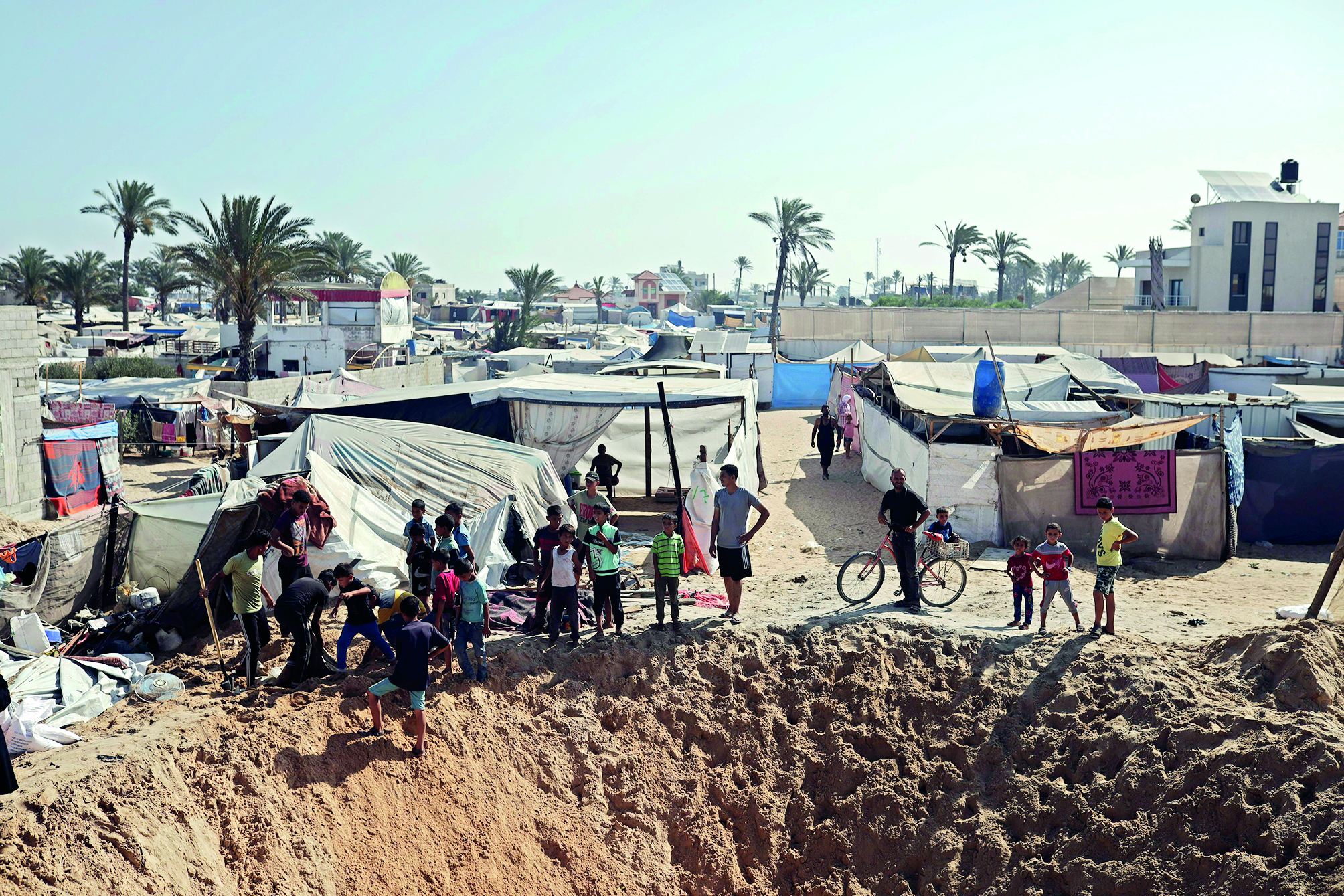Experts say Gaza is at ‘high risk’ of famine despite increased aid to north

Juba: An influx of aid appears to have eased a hunger crisis in northern Gaza for now, but the entire territory remains at “high risk” of famine after Israel’s offensive in Rafah caused displacement and the disruption of aid operations in the south, a draft report said Monday.
The report by the leading international authority on the severity of hunger crises said nearly everyone in Gaza is struggling to get enough food and that more than 495,000 people, or greater than a fifth of the population of 2.3 million, are expected to experience the highest level of starvation in the coming months.
That’s despite months of US pressure on Israel to do more to facilitate aid efforts, the installation of a $230 million US-built pier that has been beset by problems and repeated airdrops by multiple countries that aid agencies say are insufficient to meet vital needs.
Israel invaded Gaza after Hamas’ attack on Oct 7, in which Palestinian militants killed around 1,200 people, mostly civilians, and abducted about 250. The war has killed more than 37,000 Palestinians, according to the Gaza Health Ministry, which doesn’t say how many were civilians or fighters.
Israel imposed a complete siege on the territory at the start of the war and has only gradually eased it under pressure from Washington. The war has destroyed most of Gaza’s capacity to produce its own food. The latest findings come from the Integrated Food Security Phase Classification, or IPC, an initiative first set up in 2004 during the famine in Somalia that now includes more than a dozen UN agencies, aid groups, governments and other bodies. The Associated Press obtained a draft of its latest report, the final version of which is set to be released Tuesday.
In its last report, in March, the IPC said that famine was “imminent” in northern Gaza, which has suffered widespread destruction and which Israeli troops have surrounded and largely isolated since the earliest days of the ground invasion. That report said that around a third of Gaza’s population was experiencing stage 5 hunger — the highest level of starvation. In April, after Israeli strikes killed seven aid workers and sparked international outrage, Israel promised to ramp up aid, and it later opened additional land crossings in the north. The IPC said the amount of food deliveries to the north “sharply increased”.
But in early May, Israel launched ground operations in the southernmost city of Rafah, leading to the closure of the Rafah crossing with Egypt and repeated disruptions to the nearby Kerem Shalom crossing with Israel.



